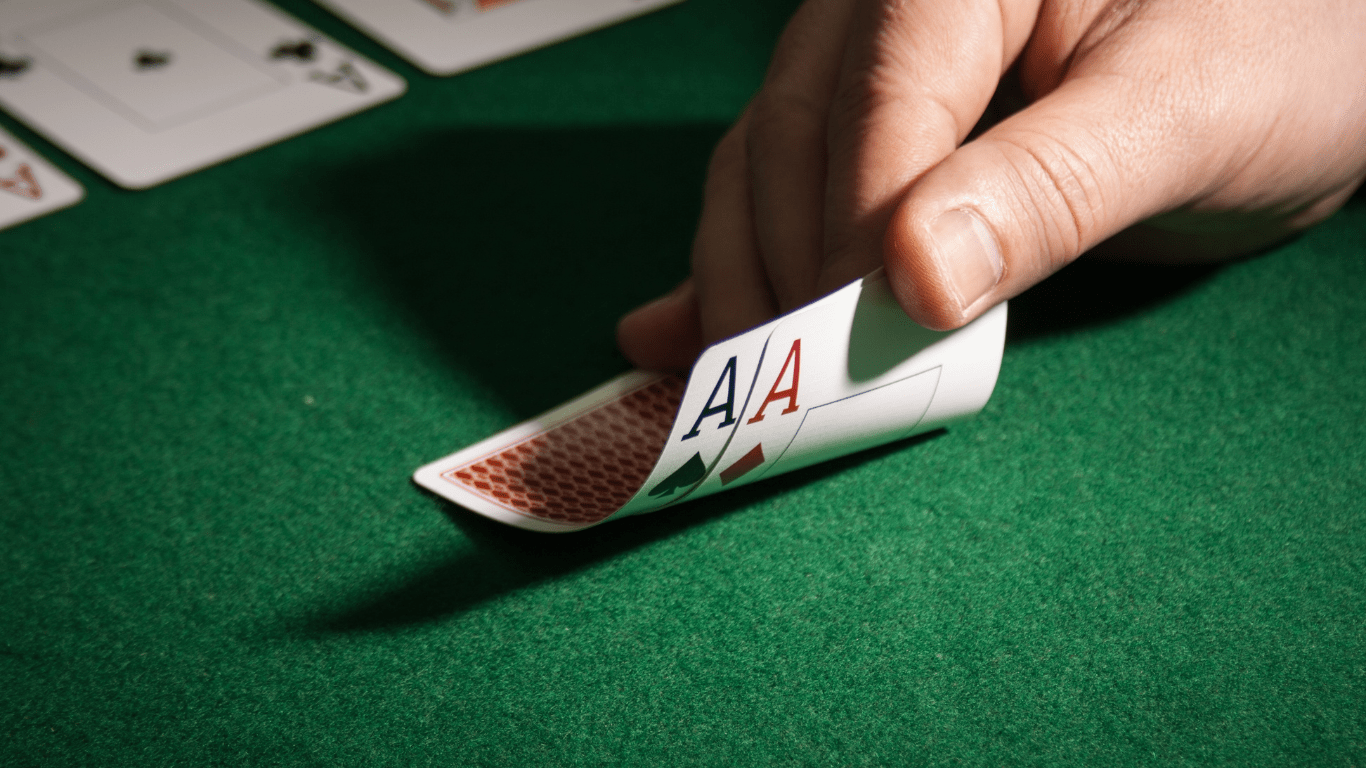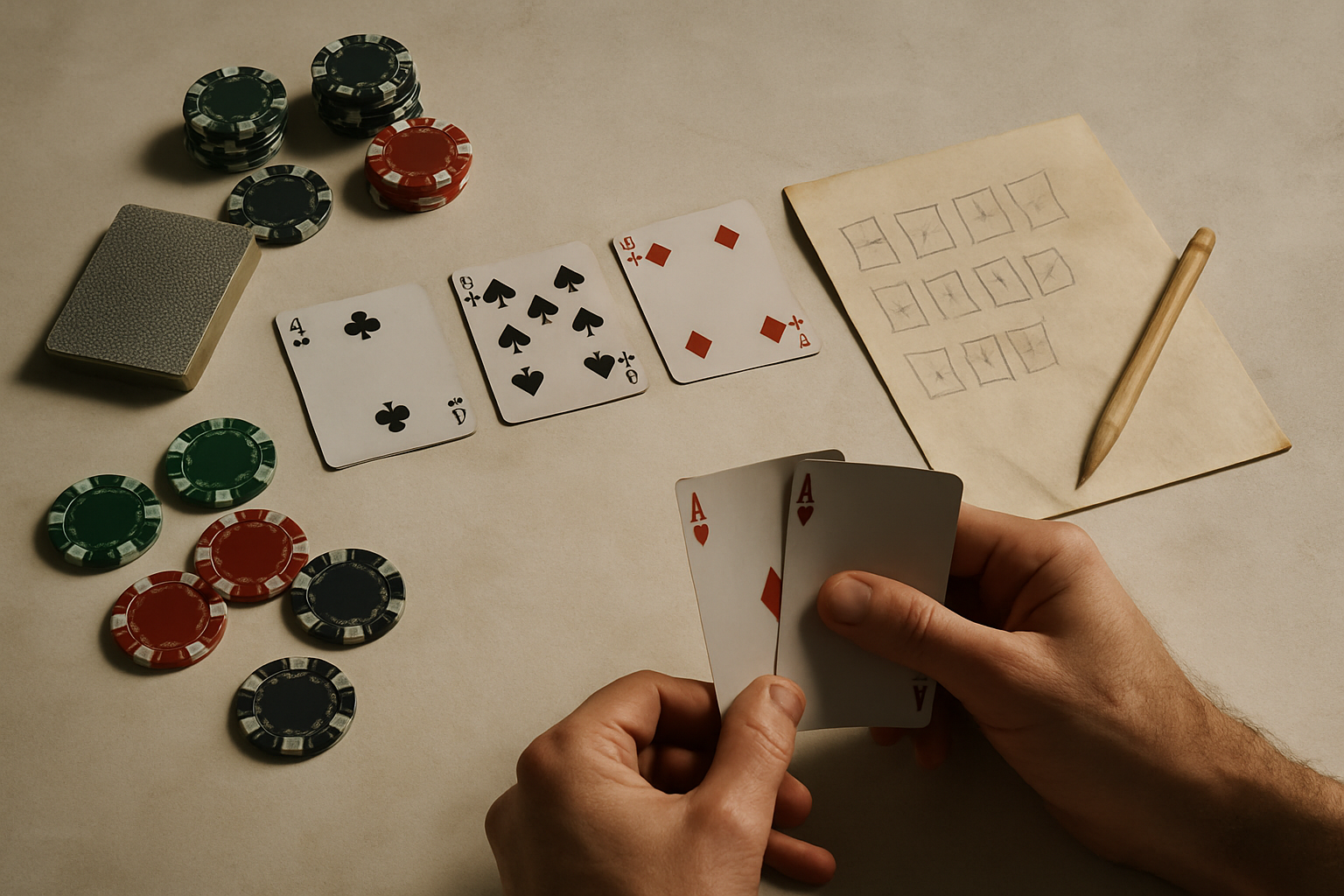Stepping into the world of live poker is like entering a strategic battlefield where every move, glance, and gesture can reveal valuable insights about your opponents’ hands. In this high-stakes game of skill and psychology, mastering the art of reading tells can be the difference between a crushing defeat and a triumphant victory.
As I delve into the intricate nuances of spotting tells in live poker games, I’ll share expert tips and techniques to sharpen your observational skills and gain a competitive edge at the table. In the electrifying atmosphere of a live poker game, players often betray their true intentions through subtle cues that betray the strength or weakness of their hands.
By honing your ability to decipher these tells, you can anticipate your opponents’ next moves, make calculated decisions, and seize opportunities to outwit them. Join me on this thrilling journey into the clandestine world of live poker tells, where every twitch, smile, or hesitation could be the key to unlocking your path to victory.
Importance of Reading Opponents in Live Poker Games
Understanding the significance of reading opponents in live poker games is crucial for strategic gameplay. By deciphering tells, players can gain valuable insights into their rivals’ hands, enabling them to make well-informed decisions during gameplay.
It’s essential to master the art of spotting these subtle cues, as they can significantly impact one’s success at the poker table. Sharpening these observational skills provides a competitive edge by allowing players to anticipate moves and adjust their strategies accordingly.
Delving into the world of live poker tells opens up a realm of strategic possibilities, empowering players to enhance their gameplay and increase their chances of winning.
Common Types of Tells to Look for
Verbal Tells
In live poker games, paying attention to opponents’ verbal cues is crucial for identifying potential tells. Players may unknowingly reveal information about their hands through their words. For instance, an opponent who suddenly becomes talkative or overly quiet might be signaling confidence or nervousness about their cards.
Additionally, specific phrases like “I guess I’ll call” or “I’m all in” can provide insights into their decision-making process. By listening attentively to what opponents say and how they say it, I can gather valuable clues to help me make strategic moves at the table.
Visual Tells
Observing visual cues from opponents is another essential aspect of reading tells in poker. Visual tells can include body language, facial expressions, and eye movements that betray a player’s emotions or intentions.
For example, a player who unconsciously fidgets with their chips when holding a strong hand may inadvertently give away valuable information. Likewise, sudden changes in posture, throat clearing, or eye glances towards their chips can indicate uncertainty or confidence in their hand strength.
By honing my observational skills and being alert to these visual cues, I can gain a competitive edge by accurately interpreting my opponents’ behavior at the poker table.
Strategies to Effectively Spot Tells
In spotting tells during live poker games, I leverage specific strategies to gain a competitive edge. One effective approach is to focus on opponents’ betting patterns. By keenly observing how much and when they bet, I can discern valuable information about the strength of their hands.
For instance, sudden increases in bets may indicate a strong hand, while hesitant or minimal bets could suggest uncertainty or a weak hand. Another key strategy I utilize is to pay attention to the timing of opponents’ actions.
Quick decisions may demonstrate confidence, signaling a strong hand, while delays might indicate indecision or a calculated move to deceive. By noting these timing patterns consistently, I can better anticipate opponents’ moves.
Furthermore, I analyze the consistency of opponents’ behaviors. By observing whether their actions remain constant or change under different circumstances, I can detect inconsistencies that reveal potential tells.
Variations in behavior, such as sudden aggressiveness after a series of passive plays, can hint at strategic shifts or emotional responses worth exploring. Additionally, I strategically observe opponents’ physical movements and expressions.
Subtle changes like eye twitches, hand tremors, or fidgeting can betray nervousness or excitement, providing clues to their hand strength. Monitoring these visual cues alongside betting behaviors enhances my ability to interpret opponents’ intentions accurately.
By integrating these strategic approaches into my gameplay, I sharpen my tell-spotting skills and make more informed decisions at the poker table. Constant practice and keen observation are essential in honing these techniques to gain a competitive advantage over opponents.
Tips for Reacting to Identified Tells
In live poker games, reacting to identified tells plays a crucial role in shaping your strategy and influencing your opponents’ actions. When you spot tells, it’s essential to capitalize on this valuable information effectively. Here are some tips for making the most of the tells you observe:
- Adjust Your Gameplay: When you identify a tell suggesting your opponent is strong, consider adjusting your approach accordingly. If the tell indicates a weak hand, exploit this knowledge by making strategic moves to capitalize on their vulnerability.
- Stay Observant: Keep a continuous watch on your opponents for any recurring tells or new cues that may surface during gameplay. Staying observant allows you to adapt your strategies dynamically.
- Avoid Overreacting: While tells can provide valuable insights, avoid the temptation to base all your decisions solely on them. Use tells as one of the factors in your decision-making process rather than the sole determinant.
- Stay Calm and Confident: Maintaining a composed demeanor regardless of the information you glean from tells is key. Avoid displaying your own tells that could give away information to observant opponents.
- Gather More Data: Continuously collect information about your opponents’ behaviors and tells throughout the game. The more data you have, the better equipped you’ll be to make strategic plays based on your observations.
- Vary Your Responses: Keep your opponents guessing by varying your responses to identified tells. Sometimes play strong hands subtly and weak hands aggressively to prevent predictability in your gameplay.
- Utilize Tells Strategically: Incorporate the information gathered from tells into a broader strategy that considers not only individual tells but also the overall dynamics of the game. Strategic play based on a combination of tells and game flow is often more effective.
By implementing these tips when reacting to identified tells in live poker games, you can enhance your decision-making skills, outwit your opponents, and increase your chances of success at the poker table.





